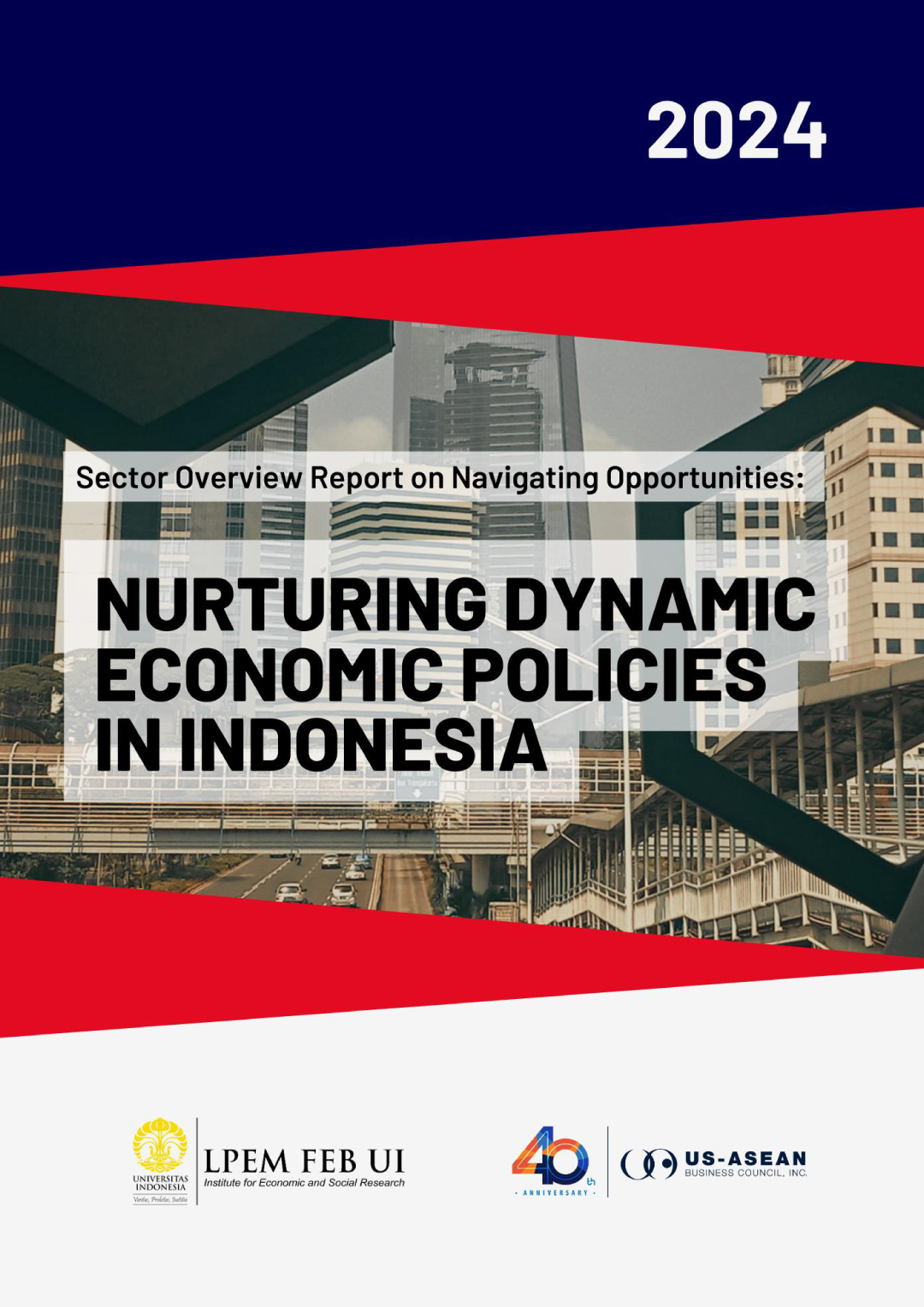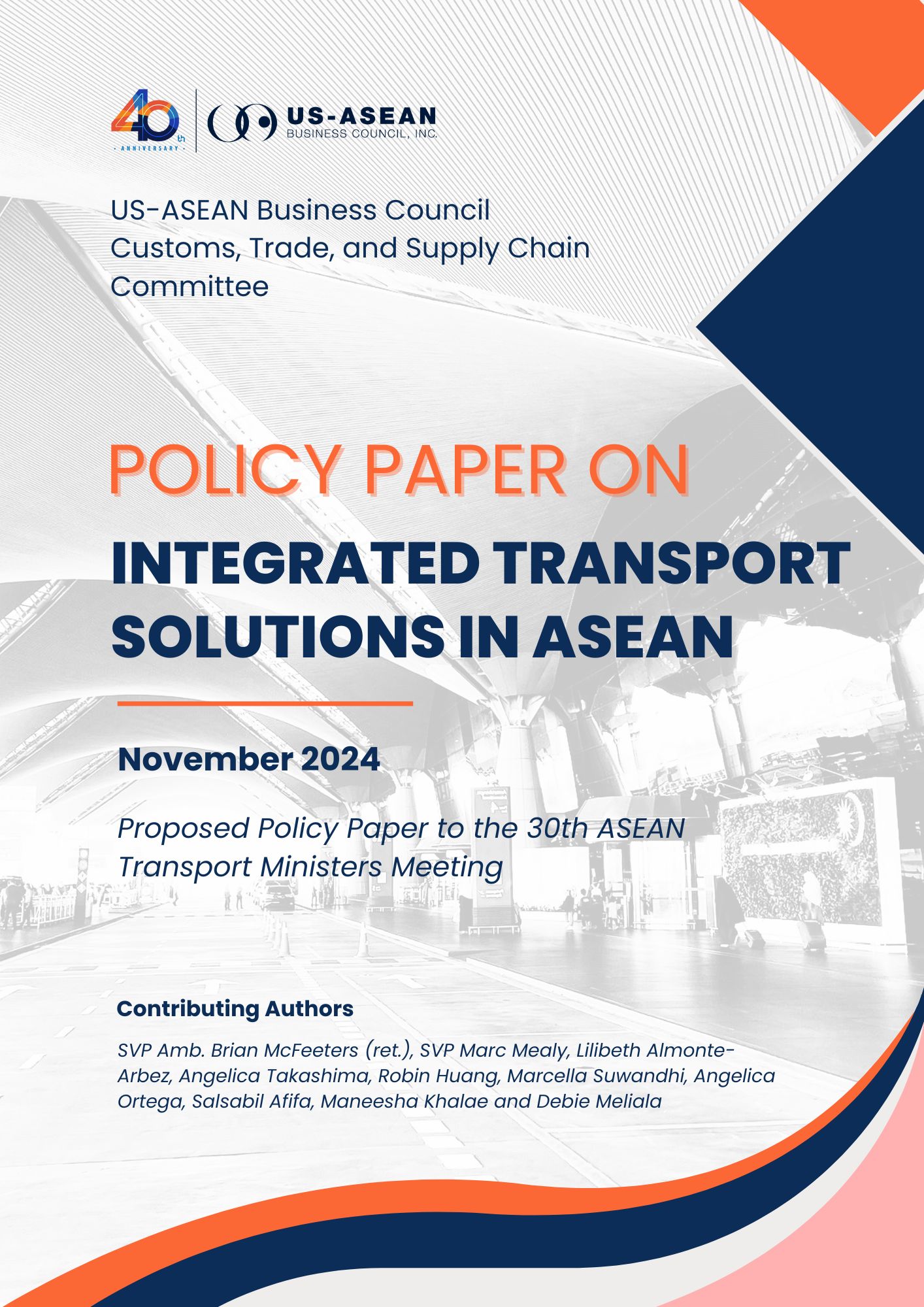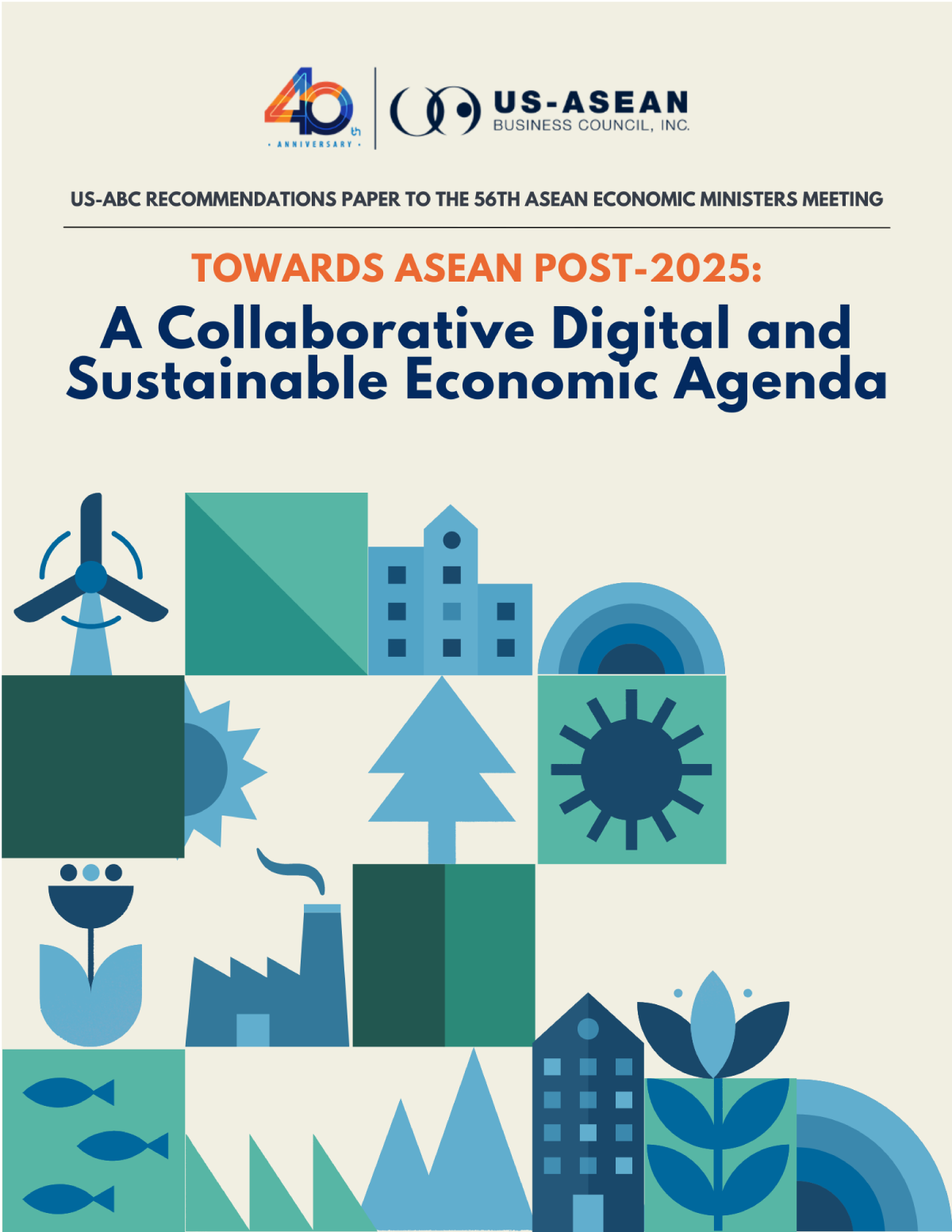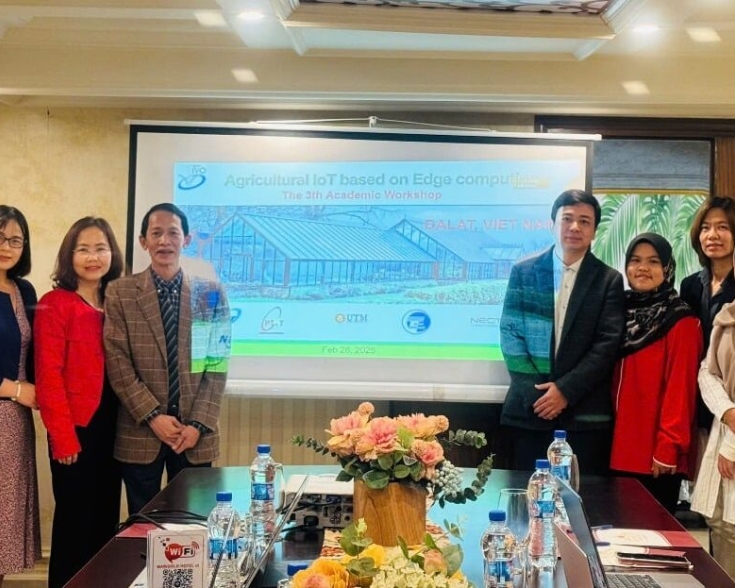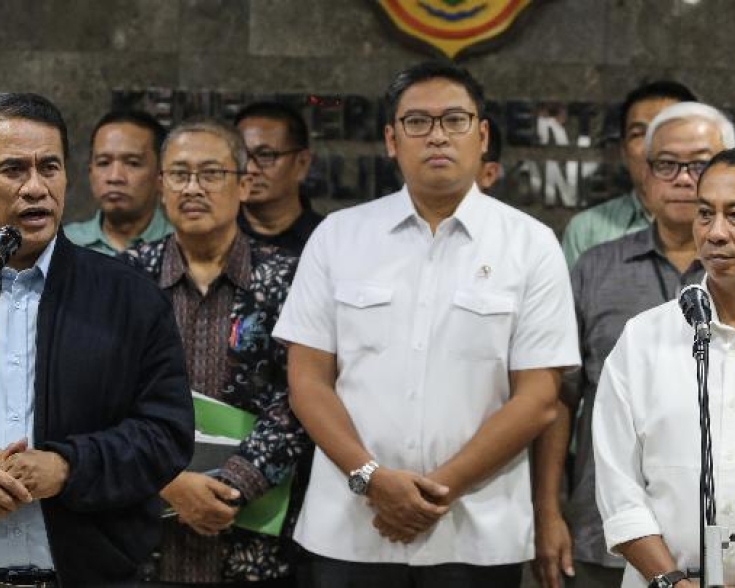ASEAN’s Wind and Solar Momentum Grows, Requires Additional Policy Support
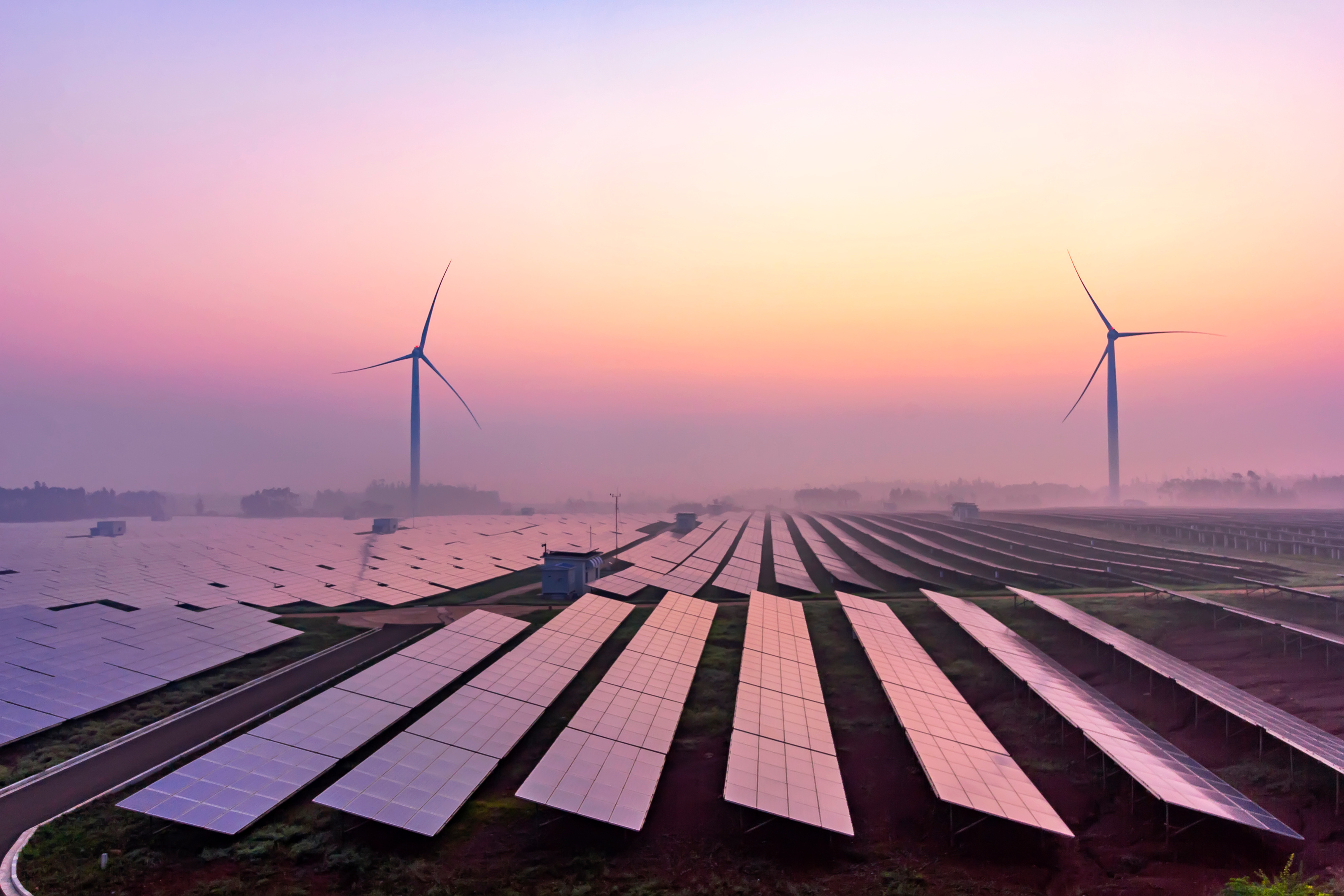
According to a report published on November 16 by non-profit Ember, ASEAN solar and wind generation grew by an average of 43% annually from 2015 to 2022, underscoring the region’s inherent potential for renewable energy leadership. While the strong growth is a positive indication of Southeast Asia’s energy future, it is estimated that over 99% of wind and solar power potential in ASEAN remains untapped. To align with the International Energy Agency’s (IEA) 2050 Net Zero Emission (NZE) scenario and achieve its full potential, the region requires a threefold increase (an additional 229 GW) in solar and wind capacity by 2030.
The region experienced a slowdown in renewable generation in 2022, growing at a rate of 15%, compared to 67% the previous year. This downturn, which is expected to be temporary, highlights the outsized impact of supportive policies. The report notes that the slowdown was due in large part to the phasing out of a solar tariff program in Vietnam that had spurred tremendous growth since its inception in 2017. Vietnam leads the region in renewable energy growth, accounting for 69% of ASEAN’s solar and wind generation last year. Despite the regional slowdown, individual countries, including Indonesia, the Philippines, Thailand, and Singapore, saw solar generation grow in 2022 compared to 2021. Total regional wind and solar generation growth is expected to rebound in 2023 due to projects such as Indonesia’s 145-megawatt floating solar photovoltaic (PV) plant, Thailand’s 2022 renewables feed-in tariff scheme, and Vietnam’s introduction of auction mechanisms for the development of renewable energy projects. Moving forward, strong policy support and government commitments will be critical to drive progress in the deployment of renewable energy.




